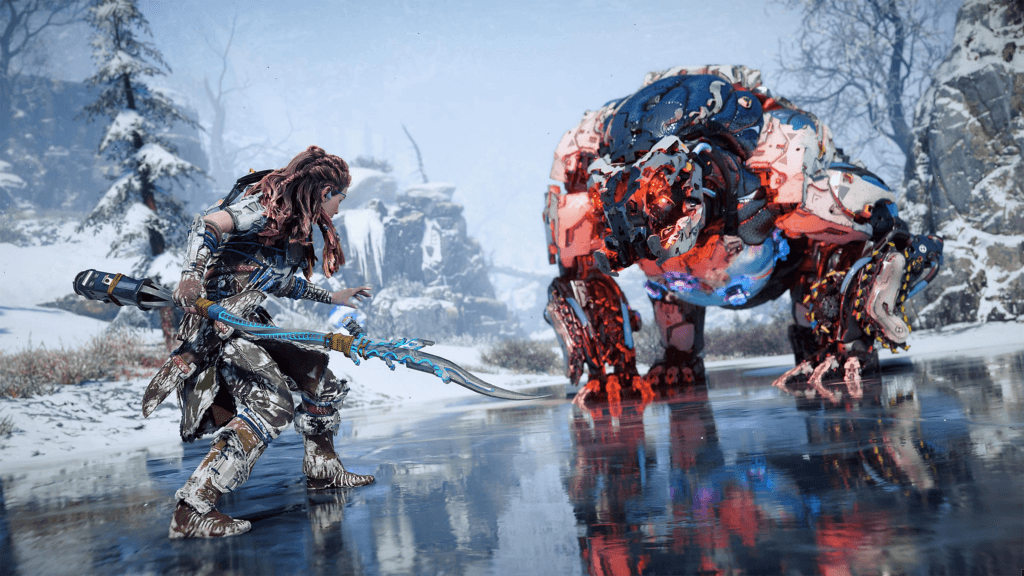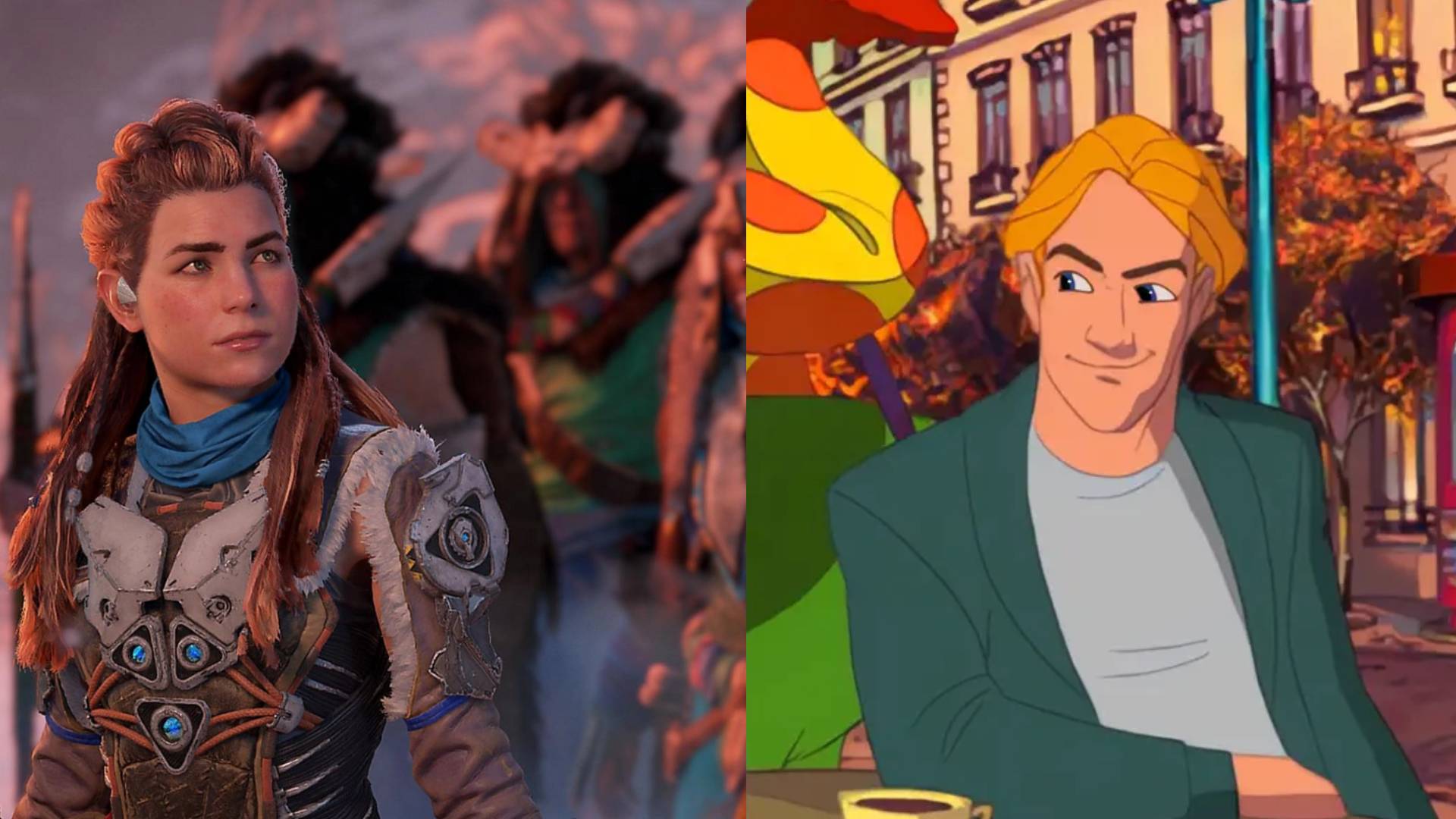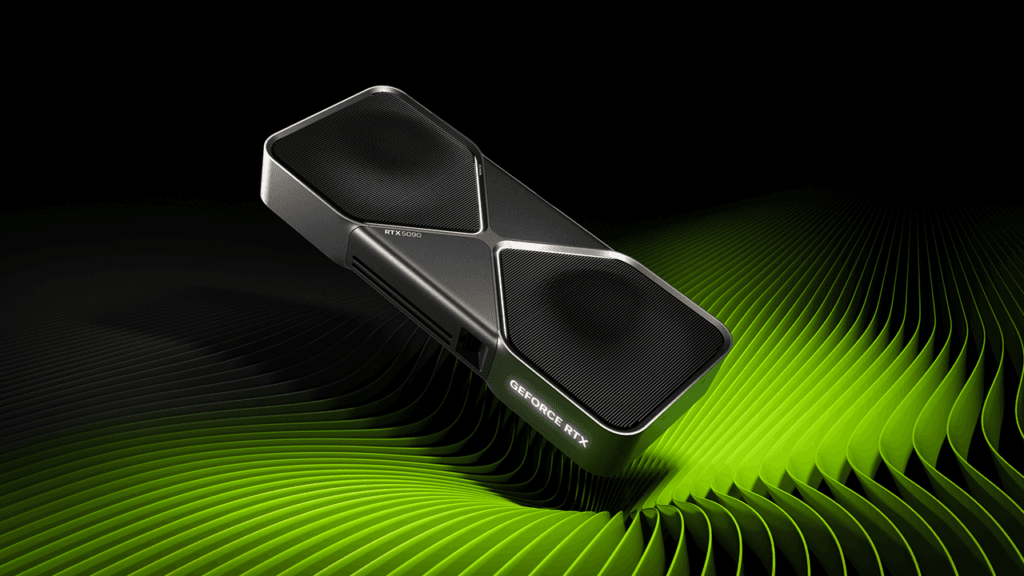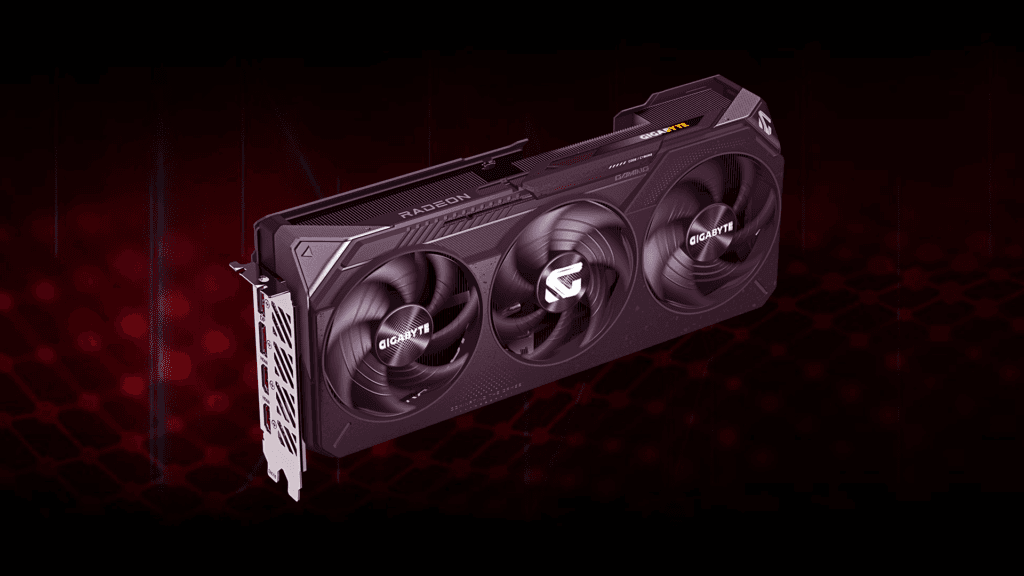For the most part, remasters (and by the same coin, remakes) tend to be a real grey area. On the one hand, it’s great to see an old game brought kicking and screaming into the modern era, but on the other, it’s fatiguing to see games that are barely a generation old given a lick of paint and rolled out at full price.
I recently had the opportunity to play two remasters that breathe a new lease of life into the source material in different ways: Horizon Zero Dawn Remastered and Broken Sword – Shadow of the Templars: Reforged. The first is the remaster of a 2017 action-adventure game, while the second a remaster of a 1996 point-and-click title.
Throwing you into the rough leather boots of Aloy, a member of the Nora tribe from 31st Century North America, Horizon Zero Dawn was an absolute delight from start to finish. Marrying excellent writing and solid voice acting with exciting gameplay and memorable enemies, the game was one of the PlayStation 4’s absolute must-plays.
In 2022, its sequel, Horizon Forbidden West, built on the predecessor in almost every single way (except, most notably, the story). The purpose of the Zero Dawn remaster — built by Nixxes alongside Guerrilla Games — appears to have been to give it the look, feel and some of the Quality of Life features sported by the second game.
On the other hand, cult classic Broken Sword: Shadow of the Templars was one of the few point-and-click titles worthy of being mentioned in the same sentence as the legendary games of the genre made by LucasArts (now Lucasfilm Games). Here — as protagonist and American patent lawyer George Stobbart — when you are very nearly killed by a bomb in a café, a subsequent investigation into the bomber’s identity takes you around the world and finds you mired neck-deep in all manner of weird goings-on.
Sure, the voice acting seems a bit wooden in parts and hasn’t held up particularly well over the years, but it’s the intriguing murder mystery doused with a dash of medieval conspiracy that keeps you glued. And rather fortunately, this remains the case even 28 years since the game’s original launch.
But what does a blueprint for an ideal remaster even look like? To get some ideas, let’s have a closer look at what these two do well and not so well, and attempt to put it all together.
What the remasters get right

Kicking off with Aloy’s maiden outing, the clearest indication of progress since 2017 is the way the game looks. And nowhere is this clearer than in the environments that come off every bit as sumptuous as they did on Horizon Forbidden West, and NPC animations that make them actually seem human rather than computer-generated humanoids. I’m not going to harp too long on this aspect because this is a feature of every single remaster — improved graphics. Hell, even Broken Sword… Reforged has smoother and sharper visuals than its 1996 counterpart. But while Horizon Zero Dawn has gone in the direction of making everything look like its successor, Broken Sword has taken a different route; that of nuancing and enhancing its looks rather than changing them to resemble any other game in the series.
In terms of the gameplay, both titles eschew wholesale changes in favour of tiny tweaks. With Horizon, it’s the ability to skip the laborious animations of Aloy picking up resources, while with Broken Sword, it’s now possible to make puzzles simpler with hints and the ability to turn off options that have been exhausted.
Staying on Revolution Software’s point-and-click, there was a divisive remaster launched back in 2009 and bearing the branding of a ‘director’s cut’. It introduced a whole host of new features including simplified puzzles, another playable character and the removal of ‘game over’ screens. In what will undoubtedly be good news for purists, the Reforged version of the game reverts to the old ways in terms of puzzles, deaths, and the single playable character.

And what they don’t do so well
Broken Sword… Reforged suffers from some incredibly patchy audio — especially in terms of the voice acting. This appears to be less of a reflection on the actual voice actors than the quality of the recordings, with some characters, like protagonist George, enjoying stellar reproductions of voice actor Rolf Saxon’s voice. While others, like Hazel Ellerby’s Nicole Collard, fare considerably less well. Elsewhere, the looping background music of certain scenes gets awfully repetitive and grating before not too long. This, as far as I’m concerned, was the only blemish on a perfect remaster.
With Horizon Zero Dawn Remastered, it’s a bit of a different story. The original game, as you well know, only launched seven years prior and by all accounts, remains a visually, aurally and gameplay masterpiece. This remaster — in what is becoming a Sony Interactive Entertainment trademark — does too little to justify its existence. There simply aren’t enough gameplay enhancements for this endeavour to seem worthwhile for players who have already experienced the original game. Sure, it’s only around Rs 500 to upgrade if you own the 2017 classic, but that still feels like an unessential expense. As an aside: If you’re willing to stump up a bit more, you can pick up this underrated gem instead.

What’s worse, in a couple of areas, the remastered version of Horizon Zero Dawn actually takes a step backwards. Case in point: The Frozen Wilds DLC section of the game that suffers from crashes, glitches, and bugs. Overall, I felt that the remaster’s drawbacks largely outweighed its benefits. After all, there’s only so far you can go with updating graphics, textures, and animations if you’re not going to make enhancements elsewhere.
The formula for a good remaster
In the interest of brevity, let’s paint some broad strokes. For starters, I believe there needs to be a reasonable amount of time between the original and the remaster for the latter to be necessary. The unavailability or unplayability of the title on contemporary platforms is another good reason for a game to be remastered.

Second, the remaster should feature actual improvements rather than changes for the sake of it. For instance, a changed control scheme can be considered an improvement only if it actually aids the process of playing the game. Similarly, merely upgrading graphics (as stated above) or tossing in Dolby Atmos sound isn’t enough.
Third, the remaster shouldn’t be an entire from-the-scratch endeavour — that’s the job of a remake. It should focus its energies on being faithful to the source material and making it more accessible/entertaining with the technology currently on offer.
And finally, a remaster should feel like a more polished experience than the original game. This seems like an obvious one, but it needs to be said. Metroid Prime and Mass Effect Legendary Edition are prime examples of best in class in this criterion. Unfortunately, it seems like an increasing number of remasters these days are cynical cash-grab exercises, and they lead to players losing faith in the idea of a game being freshened up and brought back for a new generation to experience. That said, I’m still looking forward to Metal Gear Solid Delta: Snake Eater and hopeful that it fits into the category of a ‘good’ remaster.
Horizon Zero Dawn Remastered played on PlayStation 5 and Broken Sword – Shadow of the Templars: Reforged played on Nintendo Switch. Review codes provided by publishers.


